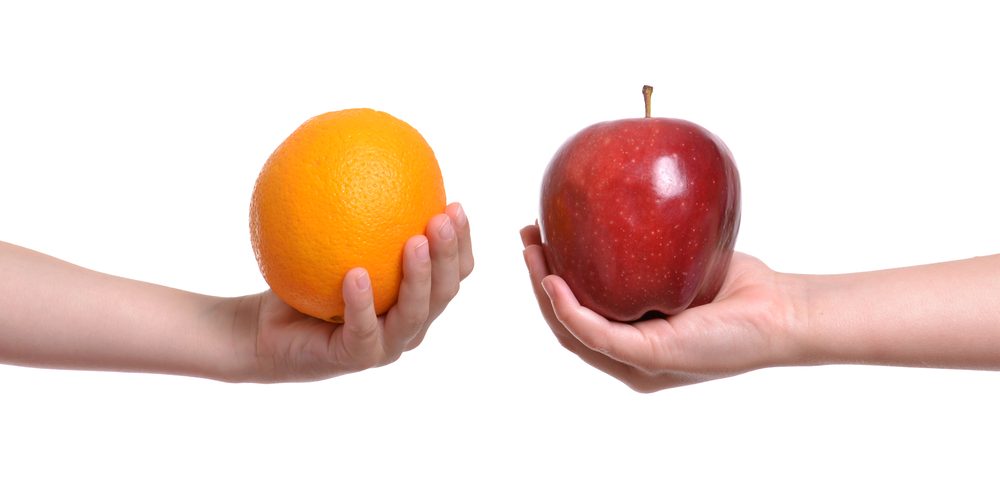Dysphagia, or difficulty swallowing, is a common symptom of adrenoleukodystrophy. Dysphagia can greatly affect patients’ nutritional intake if not attended to in time.
Here are some tips on how to deal with dysphagia in ALD patients.
Eat at your own pace
Take small amounts of food and eat at your own pace. Take your time to chew the food — and swallow it completely — before taking in the next bite. If possible, try to eat in a place where there aren’t too many people around in order to minimize stress. If you are at school or work, it’s a good idea to appraise supervisors or the management of your condition so that you are allowed longer mealtimes.
Change the food texture
Solid and sticky foods can pose a problem if you have dysphagia. Mash the food or make a puree to allow for easy chewing and swallowing. Make sure you are getting the texture just right. Foods that are too thin, such as liquids, may cause choking, so use thickeners to bring them up to the optimal thickness.
Be mindful while eating
It is important to fully concentrate while you are eating and not get distracted. If you have people around you, tell them that you prefer not to talk or perform any other activity while eating. Feel the food in your hand before putting it in your mouth so that any hard matter can be avoided. It also is recommended to keep water handy at all times while eating.
Consult a speech and language pathologist
Speech and language pathologists (SLPs) can work with people of all ages and devise personalized therapies to deal with dysphagia. SLPs can help restore swallowing, and recommend changes to the diet and its consistency. They also can recommend exercises that can improve swallowing function over time.
Do not crush medicines
Some patients prefer crushing a tablet or opening a capsule to aid in easy swallowing. However, taking medicines in such a manner can potentially alter their efficacy, leading to unfavorable results. Therefore, it is not recommended. If swallowing a medication is a problem, check with your doctor or SLP on how best to take it, or if there is any liquid alternative available.
If you find taking a solid dosage difficult, consider taking the tablet or capsule along with semi-solid food such as yogurt or thickened fruit juice.
Consider a feeding tube if needed
Feeding tubes can ease food intake problems for people with severe dysphagia. Feeding tubes can either be inserted through your nose and lead into the stomach (nasogastric tube) or inserted directly into the stomach as a percutaneous endoscopic gastronomy (PEG) tube. Both nasogastric and PEG tubes have their own pros and cons, so your doctor will recommend the ideal feeding tube based on the requirement and on the severity of the dysphagia.
Last updated: Oct. 28, 2019
***
Adrenoleukodystrophy News is strictly a news and information website about the disease. It does not provide medical advice, diagnosis, or treatment. This content is not intended to be a substitute for professional medical advice, diagnosis, or treatment. Always seek the advice of your physician or other qualified health provider with any questions you may have regarding a medical condition. Never disregard professional medical advice or delay in seeking it because of something you have read on this website.


